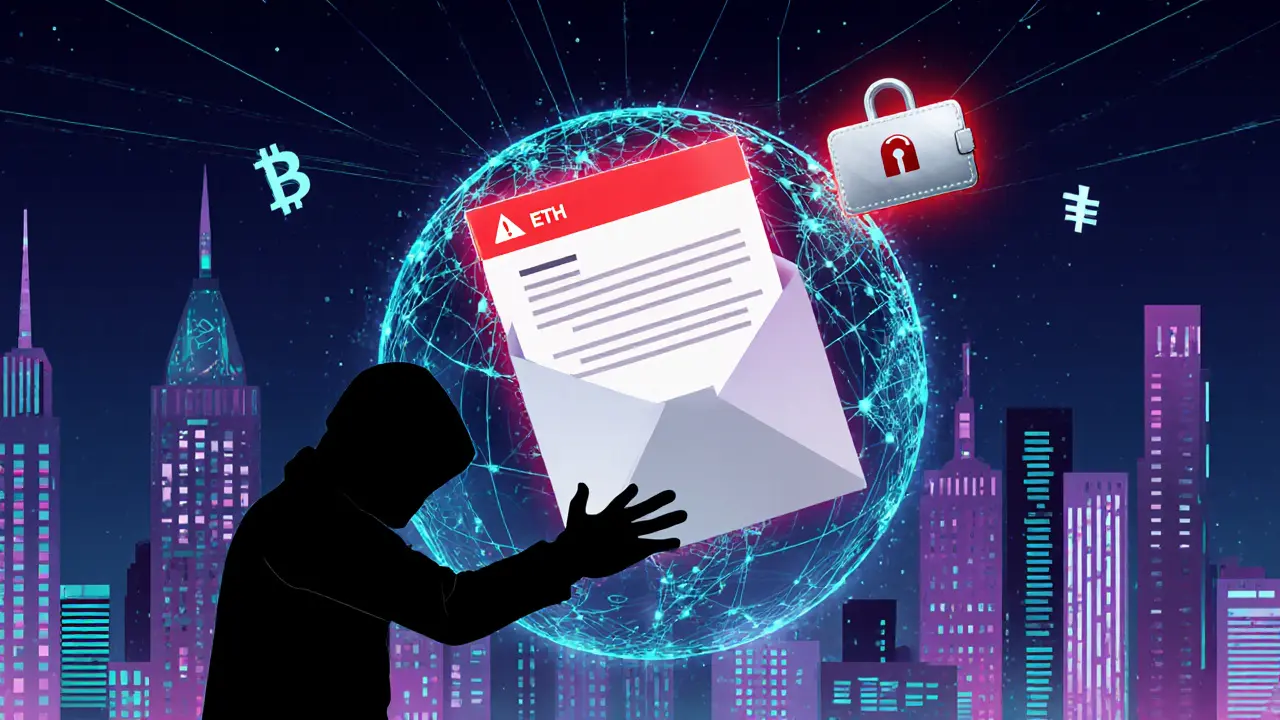Crypto Fraud Prevention: Essential Tips, Tools, and Regulations
When working with crypto fraud prevention, the practice of shielding digital assets from scams, phishing attacks, and illicit schemes. Also known as crypto scam protection, it blends technology, policy, and user habits to keep your holdings safe. Effective AML/KYC compliance, the process of verifying identities and monitoring transactions for illegal activity directly influences crypto fraud prevention, because criminals can’t hide behind anonymous accounts. Likewise, exchange security, the set of safeguards a platform uses to protect user funds and data is a core pillar; a weak exchange becomes a launchpad for fraud. Finally, a crypto licensing, the regulatory approval a service must obtain to operate legally sets the baseline for trustworthy operations, forcing firms to meet security and AML standards.
Key Pillars of Crypto Fraud Prevention
First, crypto licensing establishes a legal framework that forces exchanges and wallet providers to adopt security best practices. In the United States, the MSB registration, BitLicense, and state money‑transmitter permits each demand robust anti‑fraud measures, from multi‑factor authentication to regular audits. Outside the US, sandbox programs—like the EU’s MiCA sandbox or Singapore’s MAS sandbox—let innovators test new compliance tools under regulator supervision, reducing the chance of unchecked vulnerabilities. Second, regulatory sandbox, a controlled environment where crypto projects can experiment with new services under regulatory oversight, helps developers build fraud‑resistant features before they go live. Third, AML/KYC compliance acts as a filter: by confirming user identities and tracking transaction patterns, it makes it harder for scammers to launder stolen crypto. Fourth, exchange security combines cold‑storage, encryption, and intrusion‑detection systems. Platforms that publish security audits and bug‑bounty programs give users confidence that any fraud attempt will be spotted early.
Putting these pieces together creates a strong defense network. For example, a regulated exchange that holds a BitLicense must meet stringent AML/KYC thresholds and undergo regular security examinations—this triple relationship (licensing ↔ AML/KYC ↔ security) dramatically lowers fraud risk. A sandbox‑graduated project often inherits the same compliance checklist, ensuring that new DeFi protocols inherit the same fraud‑prevention DNA. Meanwhile, individual users can boost their own protection by using hardware wallets, enabling two‑factor authentication, and staying aware of phishing cues—personal habits that complement institutional safeguards.
Below you’ll find a curated collection of guides, reviews, and deep‑dives that break each of these areas down into actionable steps. Whether you’re hunting for a step‑by‑step licensing checklist, a quick rundown of exchange security red flags, or the latest sandbox programs around the world, the articles ahead give you the knowledge you need to keep your crypto portfolio safe and compliant.

Cryptocurrency Phishing Scams Explained: Types, Tactics & How to Stay Safe
Jan 7, 2025, Posted by Ronan Caverly
Learn how cryptocurrency phishing scams work, the main tactics like spear phishing, whaling, and deepfakes, and get a practical checklist to protect your crypto assets.
MORESEARCH HERE
Categories
TAGS
- decentralized exchange
- crypto exchange review
- cryptocurrency
- crypto coin
- CoinMarketCap airdrop
- smart contracts
- tokenomics
- cryptocurrency exchange safety
- crypto exchange
- cryptocurrency airdrop
- crypto airdrop
- cryptocurrency exchange
- crypto airdrop guide
- blockchain token distribution
- DeFi
- crypto exchange scam
- crypto airdrop 2025
- Ethereum
- cross-chain interoperability
- ERC-20
